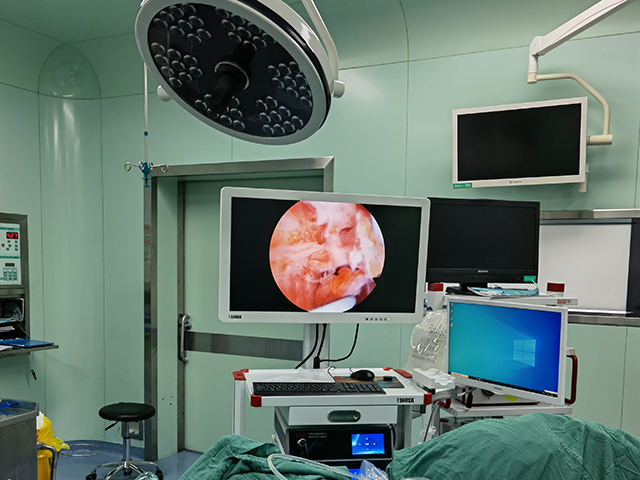
Hysteroscopy is a medical procedure that involves examining the inside of the uterus using a thin, lighted tube called a hysteroscope. Here are the steps involved in performing a hysteroscopy:
Preparation: The patient will be given anesthesia to help them relax and reduce any discomfort. The doctor will also clean the vagina and cervix with an antiseptic solution.
Insertion of the hysteroscope: The doctor will insert the hysteroscope through the cervix and into the uterus. Carbon dioxide gas or saline solution may be used to expand the uterus and make it easier to see inside.
Examination: The doctor will examine the lining of the uterus using the hysteroscope, which is equipped with a camera and light source. The images will be displayed on a screen for the doctor to see.
Biopsy or treatment: If a suspicious area is found, the doctor may take a small sample of tissue (biopsy) for further examination. The hysteroscope can also be used to perform certain procedures, such as removing polyps or fibroids.
Removal of the hysteroscope: Once the examination or procedure is complete, the hysteroscope will be removed from the uterus.
Recovery: After the procedure, the patient will be monitored for a short period of time to ensure there are no complications. Most patients can go home the same day and can resume their normal activities within a day or two.
It's important to note that hysteroscopy is typically performed by a trained healthcare professional, such as a gynecologist, and should not be attempted at home.


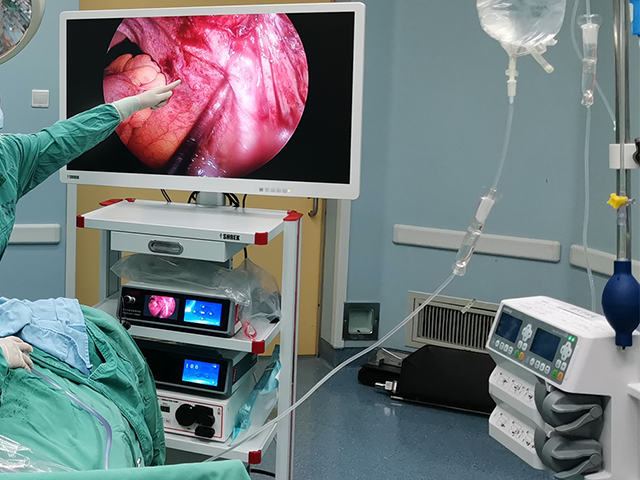
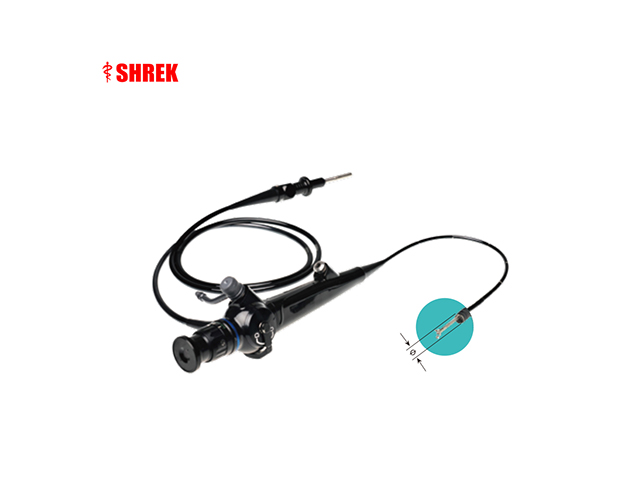
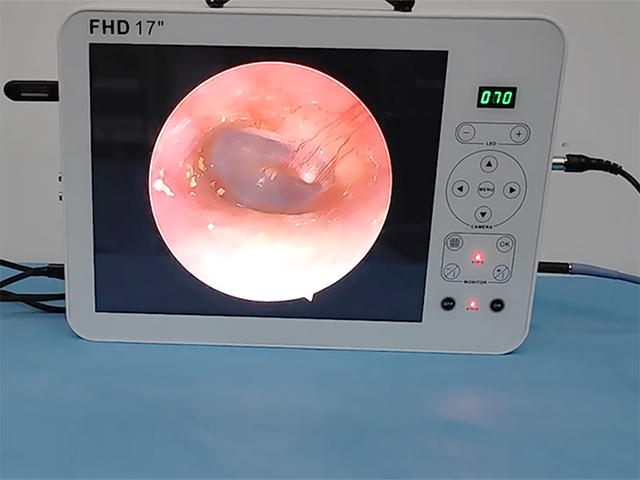
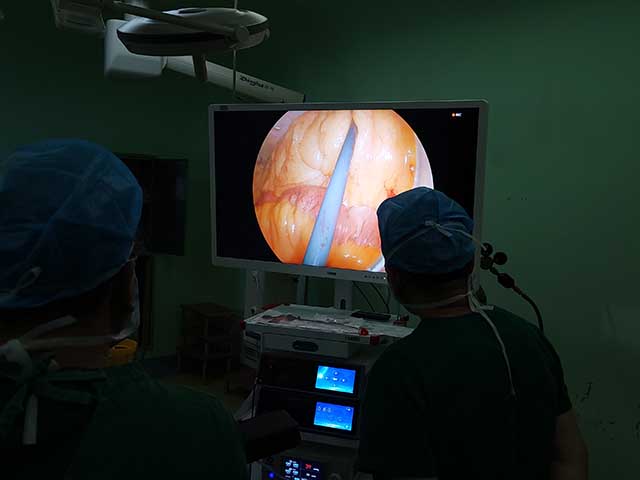
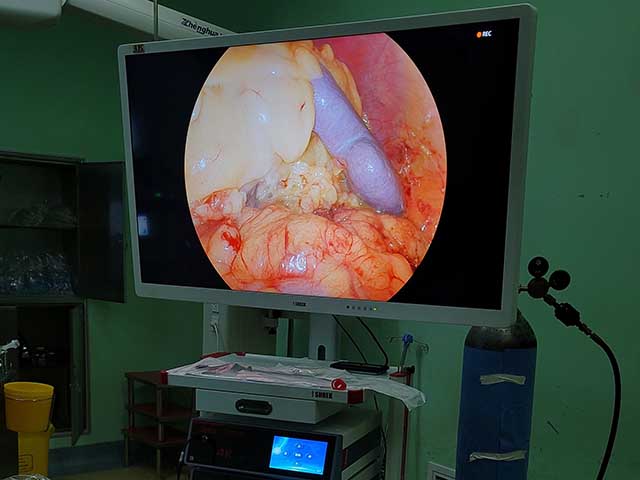

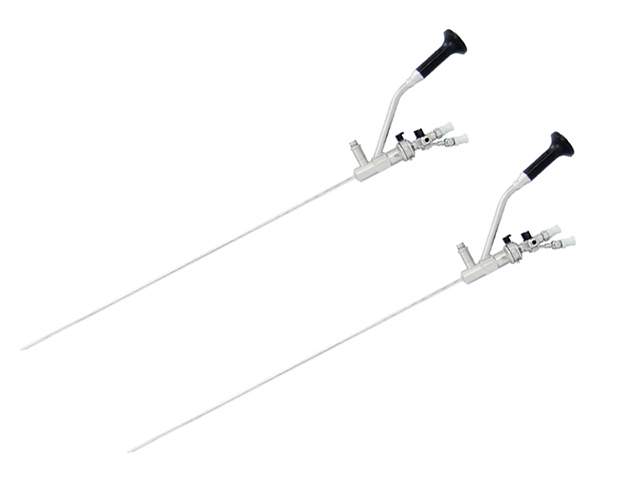
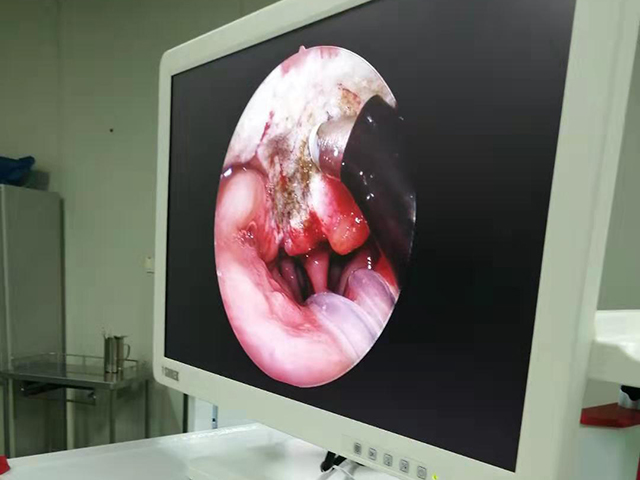
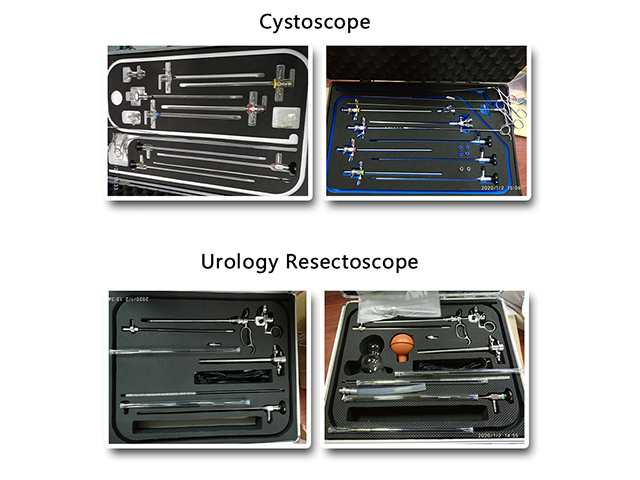
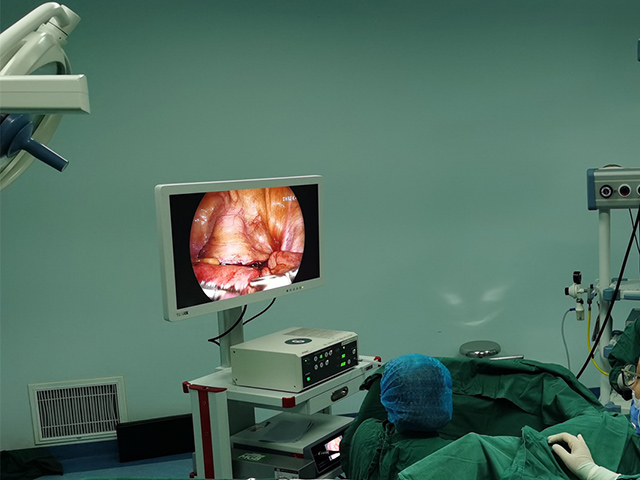
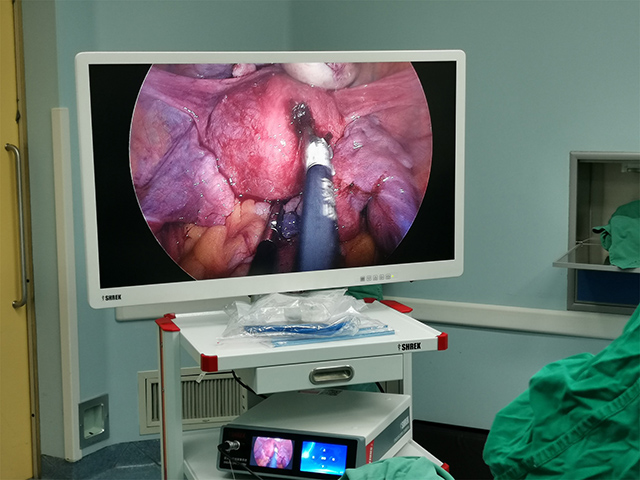
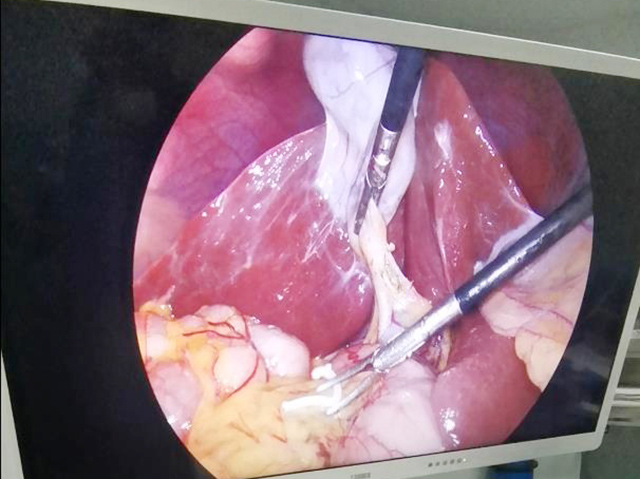

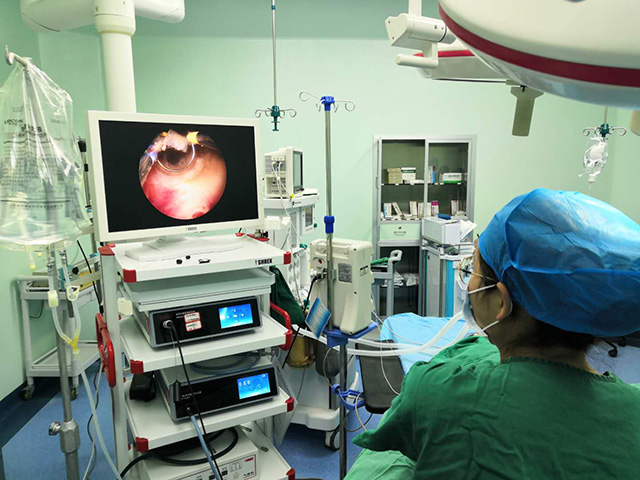
Leave A Inquiry